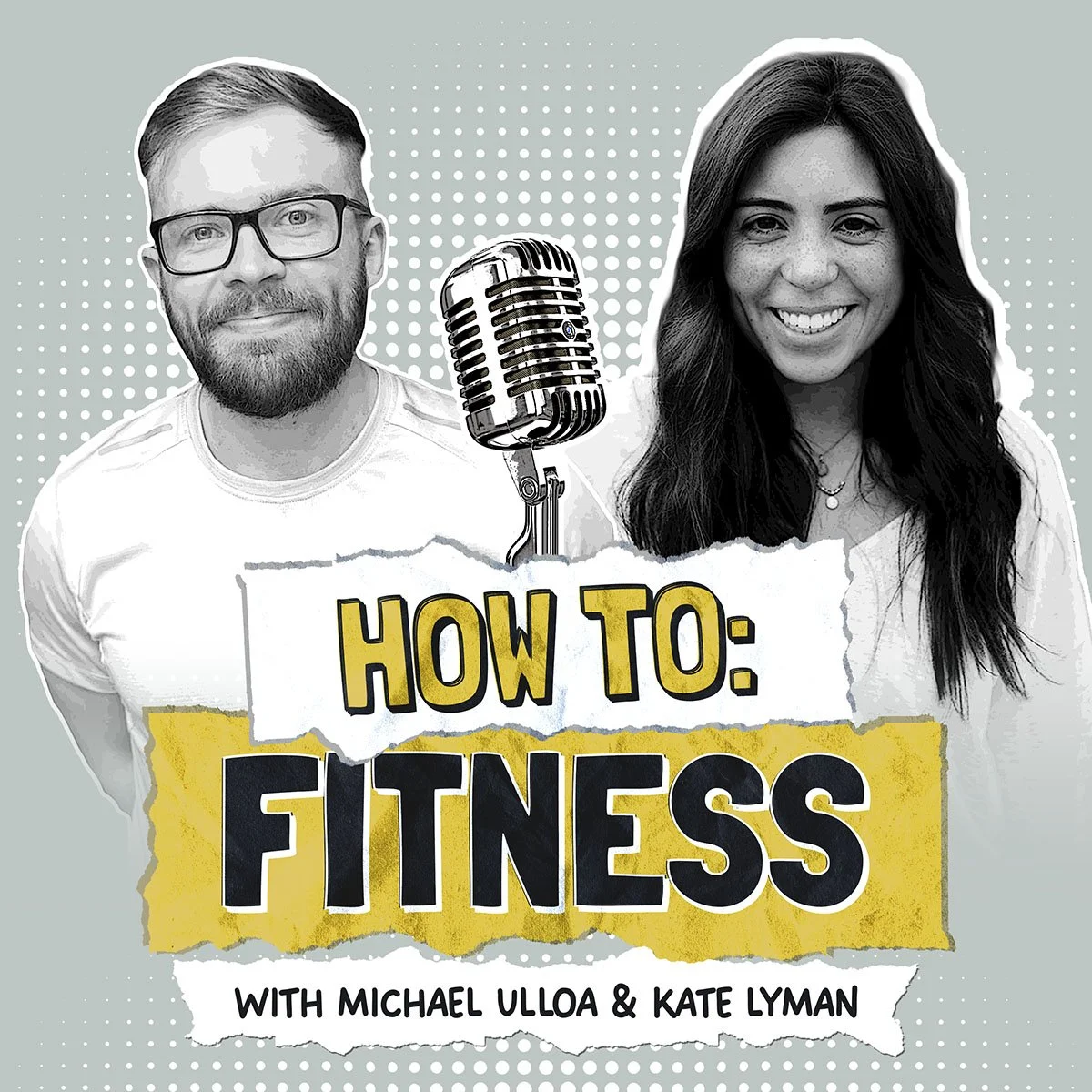How Food Marketing Impacts your Food Choices
If you’ve gone to the grocery store with a clear list of what to get then grabbed a snack just because the packaging looked healthy or added that new ‘‘superfood’ to your cart simply because it was everywhere on social media… it wasn't an accident — it’s marketing at work.
Food marketing isn’t just about selling products. It’s a multi-billion-dollar industry designed to shape what we eat, what we crave, and even how much we consume. And because it’s everywhere, it not only sways our buying patterns but also influences our eating behaviors in ways we don’t always realize.
But here’s the thing: when we understand these tactics, we can make more informed choices, think critically about the messages we’re being fed, and take back control in a world where marketing is everywhere. You can deep dive into this topic (and how it impacts you and your consumption!) in this podcast episode or keep reading for some of the key takeaways.
The Power of Packaging
Good marketing makes us want products, remember them, and ultimately, buy them. But the strategies used by food companies go far beyond flashy ads; they tap into psychology, habit formation, and even childhood nostalgia. We see this strategy at work in the packaging of the food we eat. Marketers use colors to influence our choices subconsciously:
Green & brown suggest “natural” and “healthy”—even if the product is ultra-processed. Minimalist designs & fresh ingredient imagery make a product seem less artificial. Bright colors & cartoon mascots (think Tony the Tiger) are targeted at kids, making them more likely to want those products.
Here’s where this matters most: most consumers don’t actually read the nutrition label. Instead, we rely on packaging cues and front-of-box claims.
In the podcast episode we dig into a fascinating study from the Journal of Consumer Psychology that showed how packaging even influences portion size. Participants given chips in matte packaging (often perceived as healthier) actually ate more than those given glossy packaging. The assumption? Healthier packaging meant a bigger portion was acceptable.
Food labels are also packed with buzzwords designed to grab attention and make products seem healthier. But many of these terms mean… nothing.
“Natural” – Completely unregulated. Even high-fructose corn syrup can be labeled as “all-natural.”
“Made with whole grains” – Can be slapped on a product that contains barely any actual whole grains.
“No sugar added” – Doesn’t mean low sugar; it could still be packed with natural sweeteners or fruit concentrates.
The result? We’re often tricked into thinking products are healthier than they actually are.
The Real-World Impact on Our Eating Behaviors
When we underestimate how much our habits and food environment affect what we eat, we may end up consuming more than we need—while also feeling disconnected from our hunger and fullness cues.
Take this wild study: Researchers created identical milkshakes but labeled them differently.
One was called “Sensishake” and advertised as a low-cal, diet-friendly drink. The other was labeled “Indulgence”, with a high-calorie, rich-and-creamy description.
Both were actually 300 calories—but participants’ hunger hormones responded as if the labels were real. Those who thought they had the high-calorie shake felt more satisfied, while those who believed they drank the diet shake stayed hungry.
This placebo-like effect shows just how much marketing influences not only our choices but also our biological responses to food.
Though food marketing is designed to influence us, we can push back by being more aware and intentional about our choices. We can:
Ignore front-of-package claims. Always check the nutrition label and ingredient list.
Look at serving sizes. A product labeled “high protein” doesn’t mean much if the serving size is tiny.
Be skeptical of trendy buzzwords. Especially when they describe ultra-processed food.
The more we understand how marketing works, the less control it has over us—and the better choices we can make for our own health.
For more insights into this topic (and far more details about some wild studies that exemplify just how powerful marketing is), tune into the full episode on how food marketing shapes our decisions—and what we can do about it:
Need more no-nonsense nutrition information in your life? Sign up for my weekly email each Friday. Get nutritional nuggets, recipes, troubleshooting, and more reasons to ditch restrictive diets and find a flexible (and enjoyable) approach to your nutrition.














